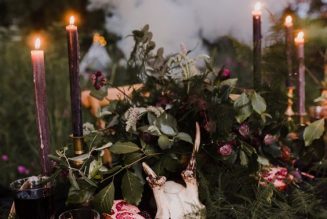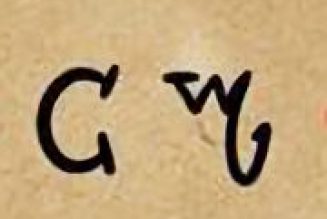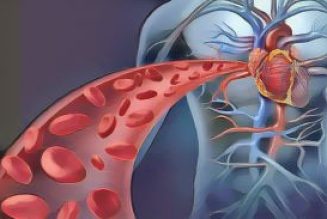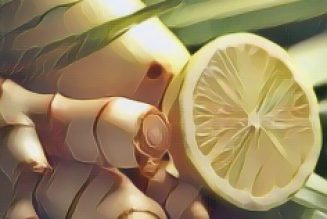Bread, the basic product of grain, was offered to the deities. Ishtar, Shamash, and Marduk were each given thirty loaves a day in Sumer. Ra, Amon, Ptah, and Nekhbet received their share in Egypt. Demeter, the Greek goddess of bread, grain, and agriculture, was also similarly honoured. The Phoenicians stamped Astarte’s loaves with a horned symbol (linked with the moon) to deify the bread. The ancient Egyptians, whom Herodotus described as “the bread eaters,” probably invented leavened bread. Along with onions and beer, it became a basic part of their diet. The Egyptians offered bread to the deities and to sacred animals (including cats), and stocked tombs with enormous amounts of the divine food for future use by the deceased. They are said to have baked fifty varieties of bread in numerous shapes. Some were heavily spiced and salted, though the priests and priestesses dedicated to certain deities avoided salted breads. Bread pigs formed from dough were sometimes sacrificed in place of live pigs by those too poor to afford the real thing. The bread pig was accepted as a suitable sacrifice in ancient Egypt. Eventually, wheat (or barley) bread became a symbol of life itself. “Breaking bread” was more than a process of nourishing the body; it became a meal that bound together all those who ate it. Eating a simple meal was a part of many Pagan religions, and such a ritual meal, transformed into the ritual of communion, later became an established part of Christian ritual.
Kitchen Witch: Bread & Grains 1.2
1047 views




























